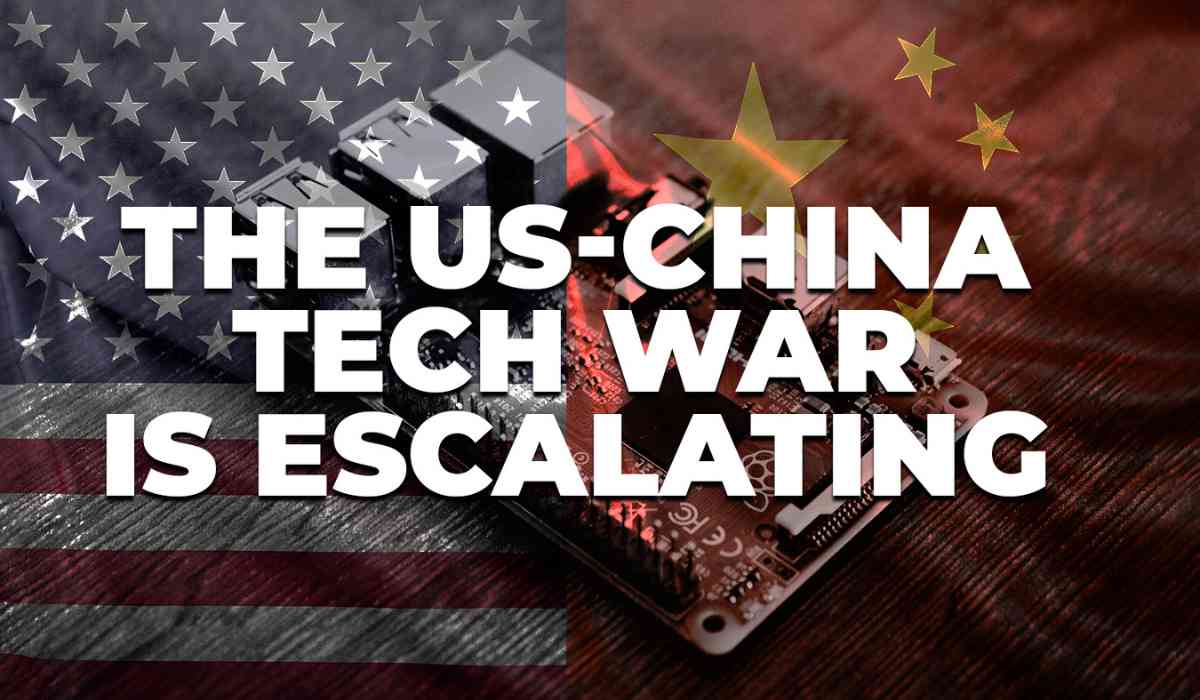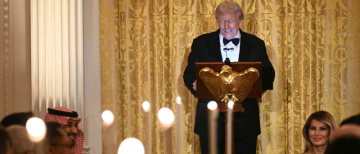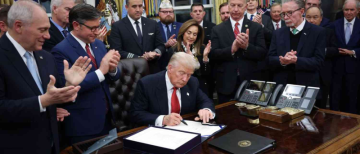The Genesis of the Conflict:
On October 7, 2022, the U.S. unveiled a pivotal export controls policy, targeting artificial intelligence (AI) and semiconductor technologies bound for China. This comprehensive revelation followed a partial disclosure in early September, which had led to widespread confusion. The decision came amid mounting criticism of the Biden administration's new restrictions on semiconductor exports, first revealed on September 1.
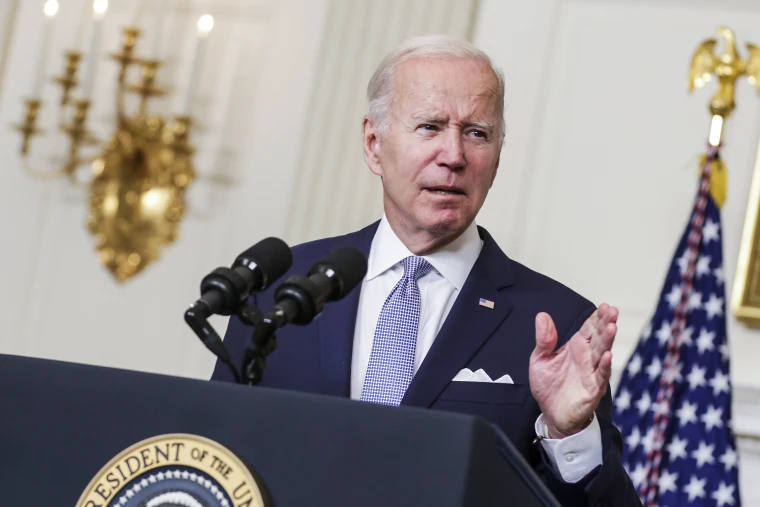
These constraints effectively bar prominent U.S. AI chip manufacturers like Nvidia and AMD from supplying high-grade chips for AI and supercomputing applications to China. The linchpins in this scenario encompass AI chip blueprints, electronic design software, semiconductor production machinery, and component parts. The Biden administration's recent moves exploit U.S. supremacy in all four of these crucial areas. In doing so, they signal an unprecedented level of U.S. government involvement, not only to safeguard chokepoint dominance but also to initiate a new policy aimed at severely curtailing significant sectors of the Chinese tech industry—with a clear intent to cripple it.
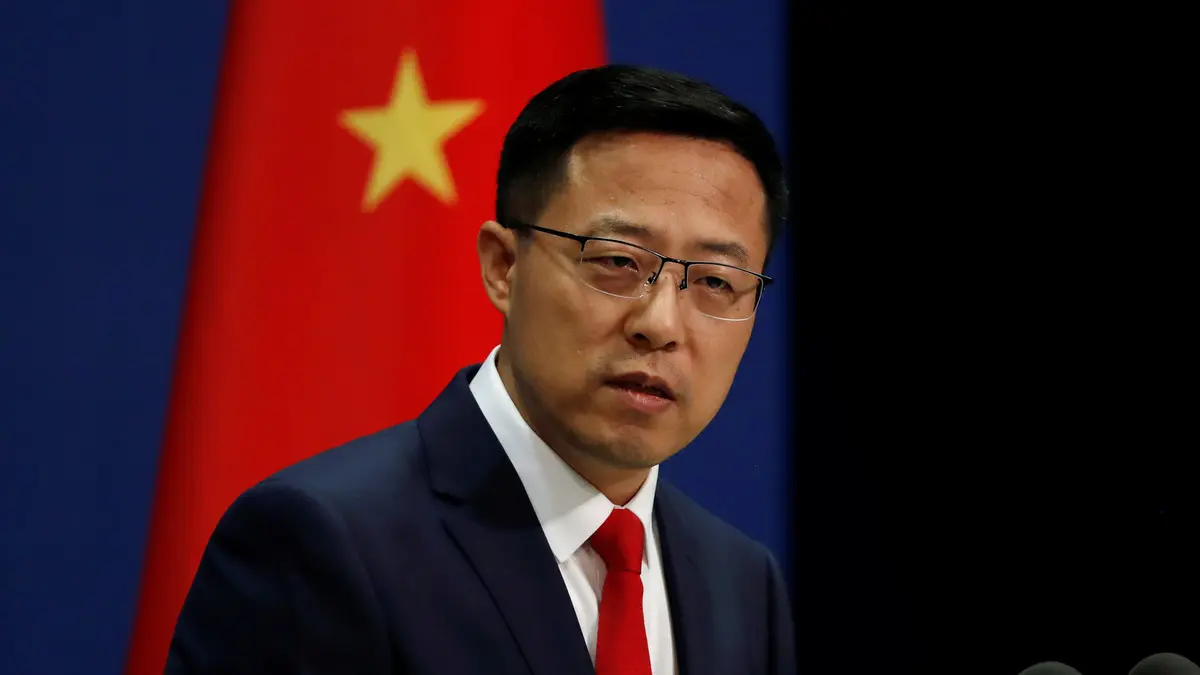
America’s Four Semiconductor Policy Chokeholds:
The new policy comprises four interconnected elements, each targeting different facets of the semiconductor value chain. To fully grasp the breadth of the Biden administration's objectives, all these elements must be considered in tandem.
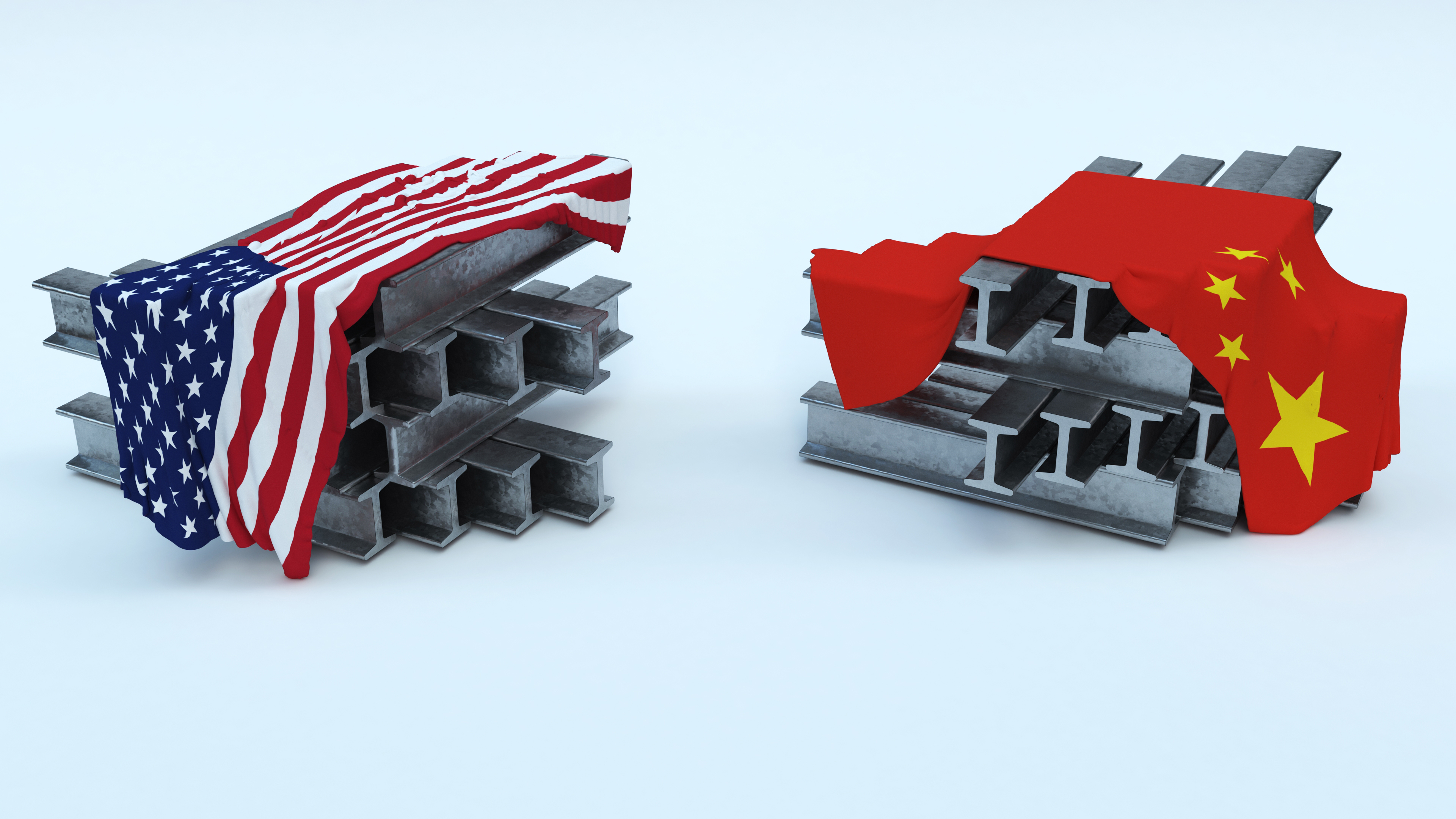
Essentially, the Biden administration seeks to:
- Asphyxiate the Chinese AI sector by cutting off the supply of high-end AI chips.
- Hinder China's ability to design AI chips domestically by restricting access to U.S.-developed chip design software.
- Impede China's capacity to manufacture advanced chips by restricting access to U.S.-manufactured semiconductor production equipment.
- Prevent China from producing semiconductor manufacturing equipment domestically by limiting access to U.S.-made components.

These measures underscore an unparalleled degree of U.S. government intervention, not only in securing chokepoint control but also in initiating a new U.S. policy actively aimed at stifling significant segments of the Chinese tech industry—with a clear intent to debilitate it.
China’s Response to U.S. Chip Restrictions:
China has strongly condemned the United States for its recent semiconductor restrictions. The Chinese foreign ministry, in response to queries from Reuters, stated, "Such restrictions and forced disconnection for political motives contravene the principles of a market economy and fair competition." China hopes the U.S. will stay true to its assertion of not obstructing China's economic progress, rather than professing one thing while doing another.
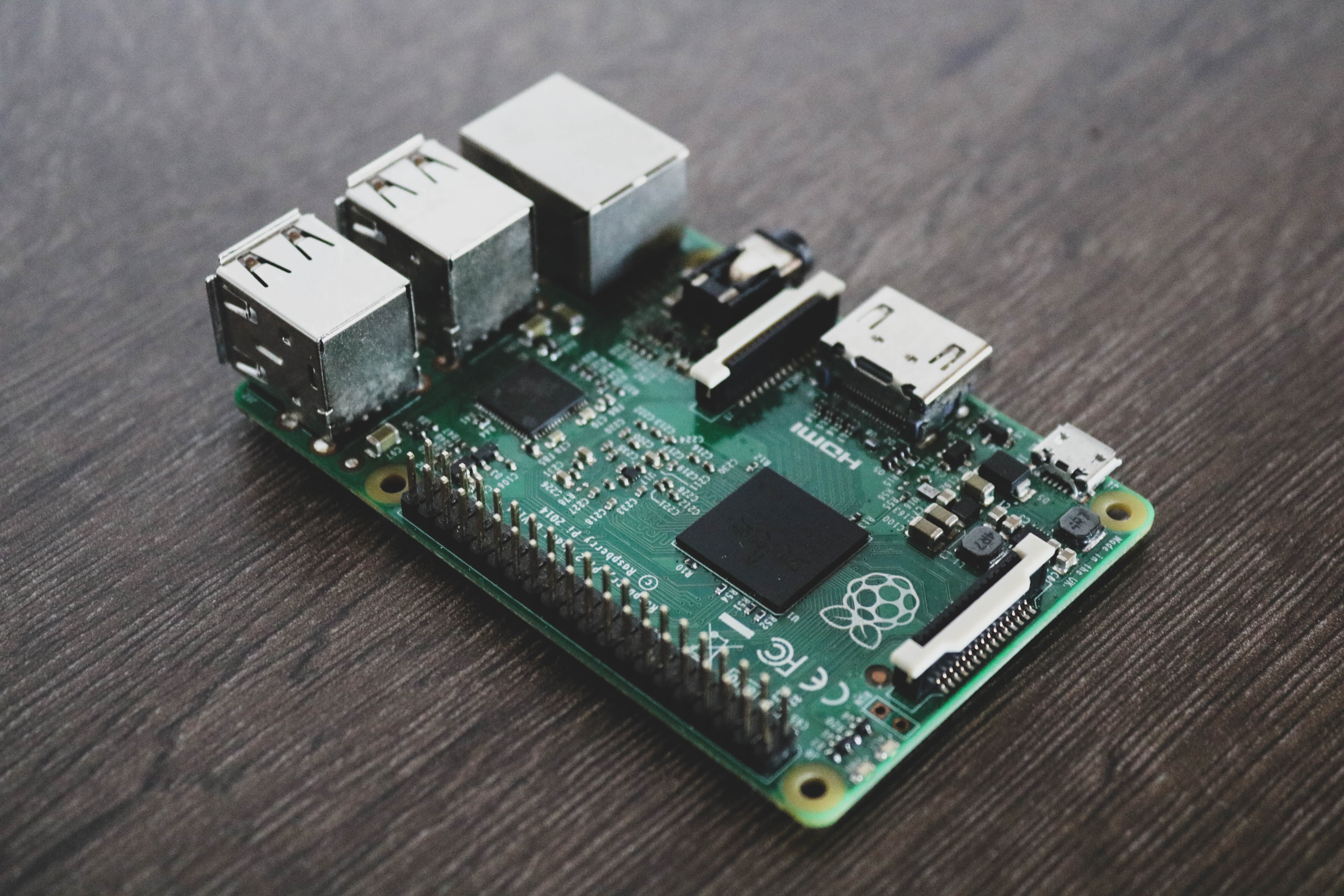
On Tuesday, Washington announced plans to halt shipments of advanced artificial intelligence chips, including those designed by Nvidia, to China. Additionally, it expanded the embargo on a wider range of advanced chips and chip-making tools to include more countries, such as Iran and Russia. Chinese chip designers Moore Threads and Biren were also blacklisted.
To conclude, a technological conflict appears to be on the horizon, with AI emerging as the defining term in the next decade of the tech industry. Access to chips will be pivotal for this growth. While the U.S. has legitimate concerns regarding domestic and national security, China's apprehension that America seeks to gain a stranglehold on its progress is also understandable. We will continue to provide updates on this struggle for dominance over the future between these two colossal powers.
By - Abhishake Das
© Copyright 2023. All Rights Reserved Powered by Vygr Media.

